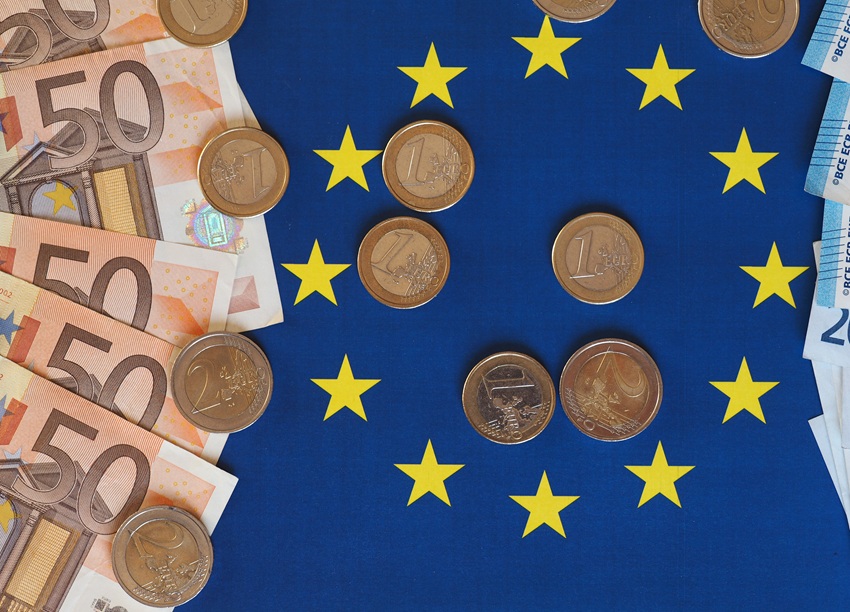
The European Union (EU) is a conglomerate of diverse economies, each contributing uniquely to the bloc's overall economic strength. In this blog post, we shine a spotlight on the top three economies within the EU—Germany, France, and the United Kingdom—exploring their key economic features, contributions, and the factors that propel them to the forefront of the European economic landscape.
Germany: The Economic Engine

Germany stands as the undisputed economic powerhouse within the EU. Renowned for its manufacturing prowess, the German economy is fueled by a robust industrial sector, including automotive, machinery, and engineering. The Mittelstand, a network of small and medium-sized enterprises (SMEs), plays a pivotal role in driving innovation and exports.
Key Features:
Export Dominance: Germany is a global export leader, with a strong focus on machinery, automobiles, and chemicals.
Technological Innovation: The country invests significantly in research and development, fostering innovation in technology and engineering.
Stable Labor Market: Germany's vocational education system contributes to a skilled workforce, enhancing its competitiveness.
Challenges:
Aging Population: Germany faces demographic challenges with an aging population, necessitating strategies for workforce sustainability.
Trade Dependency: The economy is susceptible to global economic fluctuations due to its heavy reliance on exports.
France: A Beacon of Economic Diversity

France boasts a diverse and multifaceted economy, characterized by strengths in manufacturing, services, and agriculture. The country is not only a cultural and historical hub but also a vital economic player within the EU.
Key Features:
Aerospace and Technology: France is a global leader in aerospace, with major companies like Airbus shaping the industry.
Agriculture and Food: The agricultural sector, known for wine production and agribusiness, contributes significantly to the economy.
Services Sector: France's services sector, including tourism and finance, plays a crucial role in economic diversification.
Challenges:
Labor Market Regulations: Complex labor market regulations have been a point of contention, impacting flexibility and competitiveness.
Economic Reforms: France grapples with the need for structural reforms to enhance economic resilience and growth.
Invest in Italy
Italy, the third largest economy in the EU, has a nominal GDP of over $2.2 trillion in 2024. Its economy is characterized by a strong service sector, which accounts for over 70% of its GDP. Italy is also a major producer of automobiles, machinery, and clothing.

These three economies are not only the largest in the EU but also among the most competitive globally. They are home to some of the world's leading companies, and they play a crucial role in driving innovation and economic growth across the continent.
Key Factors Contributing to their Economic Success:
The success of these top 3 EU economies can be attributed to a combination of factors, including:
Diversified economies: Their economies are not overly reliant on a single sector, which provides them with greater resilience to economic shocks.
Strong industrial bases: They have developed strong industrial bases that produce high-quality goods and services in demand around the world.
Investment in education and research: They invest heavily in education and research, which fosters innovation and competitiveness.
Open trade policies: They are committed to open trade policies, which facilitate international trade and investment.
Effective governance: They have stable and well-functioning governments that are able to implement sound economic policies.